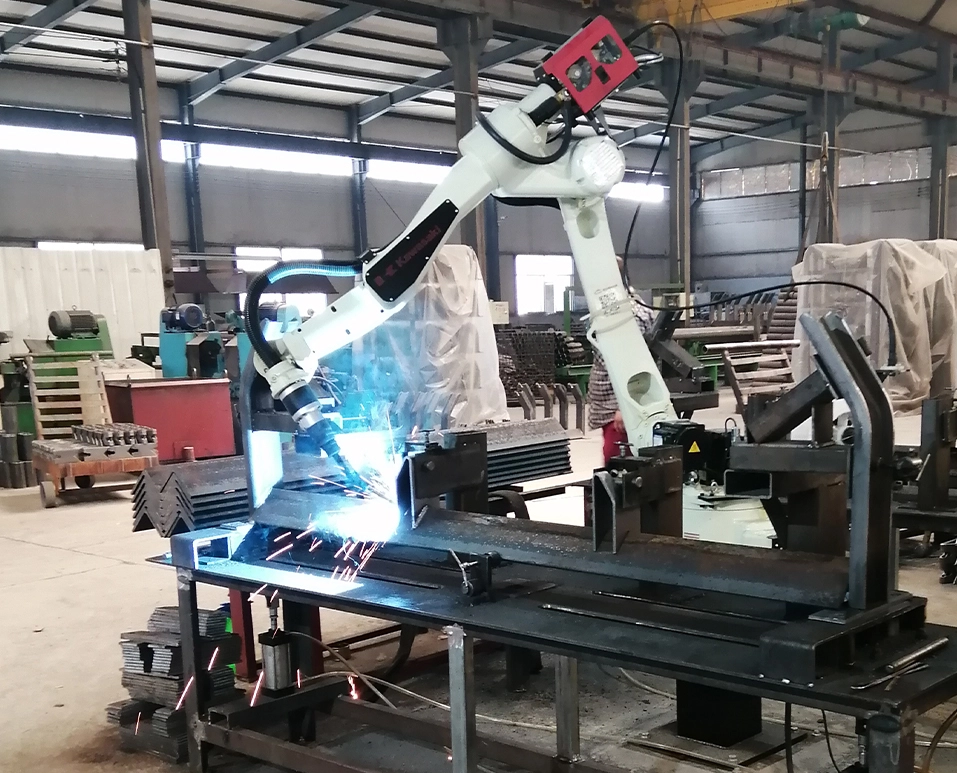 Afrikaans
Afrikaans  Albanian
Albanian  Amharic
Amharic  Arabic
Arabic  Armenian
Armenian  Azerbaijani
Azerbaijani  Basque
Basque  Belarusian
Belarusian  Bengali
Bengali  Bosnian
Bosnian  Bulgarian
Bulgarian  Catalan
Catalan  Cebuano
Cebuano  Corsican
Corsican  Croatian
Croatian  Czech
Czech  Danish
Danish  Dutch
Dutch  English
English  Esperanto
Esperanto  Estonian
Estonian  Finnish
Finnish  French
French  Frisian
Frisian  Galician
Galician  Georgian
Georgian  German
German  Greek
Greek  Gujarati
Gujarati  Haitian Creole
Haitian Creole  hausa
hausa  hawaiian
hawaiian  Hebrew
Hebrew  Hindi
Hindi  Miao
Miao  Hungarian
Hungarian  Icelandic
Icelandic  igbo
igbo  Indonesian
Indonesian  irish
irish  Italian
Italian  Japanese
Japanese  Javanese
Javanese  Kannada
Kannada  kazakh
kazakh  Khmer
Khmer  Rwandese
Rwandese  Korean
Korean  Kurdish
Kurdish  Kyrgyz
Kyrgyz  Lao
Lao  Latin
Latin  Latvian
Latvian  Lithuanian
Lithuanian  Luxembourgish
Luxembourgish  Macedonian
Macedonian  Malgashi
Malgashi  Malay
Malay  Malayalam
Malayalam  Maltese
Maltese  Maori
Maori  Marathi
Marathi  Mongolian
Mongolian  Myanmar
Myanmar  Nepali
Nepali  Norwegian
Norwegian  Norwegian
Norwegian  Occitan
Occitan  Pashto
Pashto  Persian
Persian  Polish
Polish  Portuguese
Portuguese  Punjabi
Punjabi  Romanian
Romanian  Russian
Russian  Samoan
Samoan  Scottish Gaelic
Scottish Gaelic  Serbian
Serbian  Sesotho
Sesotho  Shona
Shona  Sindhi
Sindhi  Sinhala
Sinhala  Slovak
Slovak  Slovenian
Slovenian  Somali
Somali  Spanish
Spanish  Sundanese
Sundanese  Swahili
Swahili  Swedish
Swedish  Tagalog
Tagalog  Tajik
Tajik  Tamil
Tamil  Tatar
Tatar  Telugu
Telugu  Thai
Thai  Turkish
Turkish  Turkmen
Turkmen  Ukrainian
Ukrainian  Urdu
Urdu  Uighur
Uighur  Uzbek
Uzbek  Vietnamese
Vietnamese  Welsh
Welsh  Bantu
Bantu  Yiddish
Yiddish  Yoruba
Yoruba  Zulu
Zulu belt scraper
Understanding Belt Scrapers Essential Equipment for Material Handling
Belt scrapers are vital components used in the material handling industry, particularly in conveyor systems. Their primary function is to maintain the cleanliness and efficiency of belt conveyors by removing residual material that sticks to the conveyor belt after the bulk material has been discharged. This article will explore the significance of belt scrapers, their types, applications, and maintenance considerations.
Importance of Belt Scrapers
Belt scrapers play a crucial role in ensuring effective operation within conveyor systems. When bulk materials, such as coal, grains, or minerals, move along conveyor belts, a portion often adheres to the surface due to various factors, including moisture, friction, and adhesive properties of the material. This leftover material can lead to several issues
1. Reduced Efficiency Material buildup can add unnecessary weight to the belt, causing it to work harder and reducing its efficiency.
2. Equipment Wear and Tear Residual material can increase wear on the belt and other components, leading to higher maintenance costs and potential breakdowns.
3. Safety Hazards Accumulated material can create slipping hazards, posing risks to operators and workers in the vicinity.
4. Environmental Concerns Spillage from conveyor systems can lead to pollution and other environmental issues, making it essential to keep the conveyor system clean.
Types of Belt Scrapers
Belt scrapers come in various designs and styles, catering to different types of materials and operational needs. The two main categories are primary and secondary scrapers.
belt scraper

1. Primary Scrapers These are installed at the discharge point of the conveyor, where they effectively remove the bulk of the material that remains on the belt after unloading. Primary scrapers can be made from a range of materials, including rubber, urethane, or metal, depending on the application.
2. Secondary Scrapers Positioned further along the conveyor, these are designed to capture any residual material that may still be adhering to the belt after it passes the primary scraper. Secondary scrapers are often more precise, using softer materials to prevent damage to the belt while ensuring thorough cleaning.
Applications
Belt scrapers are utilized in various industries, including mining, agriculture, food processing, and recycling. They are essential in operations where clean belts are critical for efficiency, safety, and product quality. For instance, in the food industry, a clean conveyor belt is vital to prevent contamination and meet health regulations.
Maintenance Considerations
Proper maintenance of belt scrapers is crucial to ensure their optimal performance and longevity. Users should regularly inspect the scrapers for wear and tear, replacing them when necessary to maintain cleaning efficiency. Additionally, alignment is crucial; misaligned scrapers can damage conveyor belts and lead to increased wear.
Properly calibrated tension on the scraper is also important. If set too tightly, it may cause excessive wear on both the scraper and the belt, whereas too loose may lead to ineffective cleaning. Regular training for personnel regarding operational procedures and maintenance practices can enhance overall system performance.
Conclusion
In conclusion, belt scrapers are indispensable tools in maintaining the efficiency and effectiveness of conveyor systems. By understanding their significance, types, and maintenance requirements, industries can enhance operational productivity, ensure safety, and reduce environmental impact. Investing in high-quality belt scrapers and adhering to regular maintenance practices are essential steps towards optimizing material handling processes.
-
Revolutionizing Conveyor Reliability with Advanced Rubber Lagging PulleysNewsJul.22,2025
-
Powering Precision and Durability with Expert Manufacturers of Conveyor ComponentsNewsJul.22,2025
-
Optimizing Conveyor Systems with Advanced Conveyor AccessoriesNewsJul.22,2025
-
Maximize Conveyor Efficiency with Quality Conveyor Idler PulleysNewsJul.22,2025
-
Future-Proof Your Conveyor System with High-Performance Polyurethane RollerNewsJul.22,2025
-
Driving Efficiency Forward with Quality Idlers and RollersNewsJul.22,2025





























